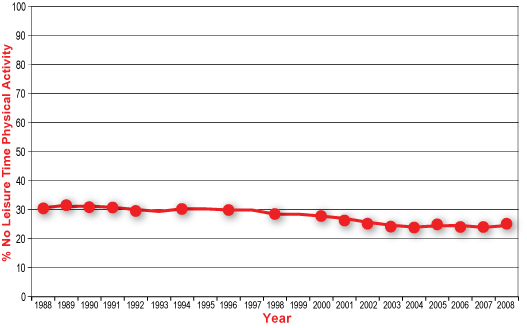By IHRSA
The best summary I’ve heard of our nation’s anti-obesity efforts to date goes something like this: “We’ve tried a thousand ideas and they all work a little.”
The point was that it’s very difficult to design a program for behavior change that works across several demographics. We all have different motivations, priorities, and challenges that aren’t easily captured by one program. There is at least one incentive, however, that appears to be a powerful force of change for a broad cross-section of the American public: cash.
What happens when people are financially incentivized to be physically active?
A study by Blue Cross and Blue Shield of Minnesota documented the results of a program that provided enrollees with a potential health club membership discount of $20/month based on attendance. The study found that a) the discount encouraged use of health clubs (43% of BCBS employees surveyed said they joined a health club because of the discount); and b) those who regularly attended a gym appeared to have better health (17.8% lower claim costs than non-participants).
A similar Medica study explored the results of a program that offered a $20/month discount on a gym membership for enrollees who visited a gym at least eight times each month. The study found that a) the membership discount encouraged people to exercise regularly (43% of enrollees qualified for the discount); and b) after two years, people who began a regular program of exercise and met the threshold of eight times/month had significantly lower costs for prescriptions, doctor appointments, and care at clinics and hospitals (medical costs for enrollees were 33.6% lower than a control group).
These two studies strongly support the use of financial incentives to increase physical activity. Moreover, they offer a compelling argument for the adoption of fitness programs as a method for reducing organizational health care costs. Not surprisingly, a review of the published studies relating to health promotion programs found that fitness programs lead to reduced health care costs.

It’s also important to note that physical inactivity also carries a hidden cost related to reduced productivity. Researchers in Michigan found that physical inactivity resulted in the loss of 20 days per worker, costing $8.6 billion annually.
Fortunately, it seems as though the c-suites are catching on to the importance of physical activity. A benefits survey conducted by the Society for Human Resource Management in 2008 revealed that 36% of the surveyed organizations offer either a fitness center subsidy or reimbursement, while 21% of the organizations provided onsite fitness facilities. Some of the respondents (6%) even offered a fitness equipment subsidy or reimbursement.
What are some other proposals or current policies that would financially incentivize physical activity?